This is an elective unit for undergraduate students, who want to find their own opportunity in the workplace.
Who is eligible for this unit?
- An undergraduate student within the College of Business and Law, who has completed the foundation courses and has an unused/available elective within the course structure of their program (if you are unsure, please verify with Business Connect)
An undergraduate student from another college and has an unused/available university elective
BP344 Professional Practice students who have completed their foundation and core courses
*This elective is not available to RMIT Online (Keypath) students.
What does this unit involve?
This unit is an elective for students who want to find their own Industry Placement opportunity (can be unpaid), through the Work Integrated Learning (WIL) program. Students are required to find a placement that is related to their field of study, and will undertake this under the guidance of a workplace mentor and with the support of academic and professional University Staff. Executive Committee Club members of RMIT Clubs and Societies can also use their volunteering work as part of this elective.
Please Note: Unpaid internships that are outside of an accredited University program may be in breach of the Fair Work Act and therefore might be illegal. For further information please refer to the Fair Work Ombudsman website.
How many hours am I expected to do?
The total amount of time at the workplace depends on which Business Internship elective course you enrol into.
You have the option to enrol into:
| Course code | Course name | Credit points | Duration of internship required | Example working hours |
|---|---|---|---|---|
| BUSM4471 | Business Internship 1a | 12 credit points | 120 hours | 1-2 days per week over 3 months |
| BUSM4608 | Business Internship 2a | 24 credit points | 240 hours | 2-4 days per week over 3 months |
| BUSM4671 | Business Internship 4a | 48 credit points | 480 hours | Full-time work over 3-6 months |
| BUSM2634 | Business Internship 1b ^ *prerequisite is BUSM4471 |
12 credit points | 120 hours | 1-2 days per week over 3 months |
| BUSM2635 | Business Internship 2b ^ *prerequisite is BUSM4608 |
24 credit points | 240 hours | 2-4 days per week over 3 months |
| BUSM2636 | Business Internship 4b ^ *prerequisite is BUSM4671 |
48 credit points | 480 hours | Full-time work over 3–6 months |
| ^ Course not offered over summer in Flexible semester. | ||||
When can I undertake a placement?
Internships should take place within the teaching dates relevant to semester they are enrolled in a Business Internship course.
The elective course options: Business Internship 1a, 2a and 4a will be offered during Semester 1 (March – June), Semester 2 (July – October) and the Flexible term (November – February).
Internship course options listed as BUSM ‘b’ code electives: Business Internship 1b, 2b and 4b will only be offered during Semesters 1 and 2 and will not run over the Flexible term.
You can commence your placement once you have enrolled in the course and have worked through the necessary administrative steps. This includes having your placement approved by the Course Coordinator and ensuring the WIL Agreement has been completed.
For the list of key dates, please visit the academic calendar for higher education important dates.
Ensure you secure and notify the WIL team prior to the Last Day to Add in the teaching period you want to enrol in.
What will I learn from this unit?
You will:
Develop work-ready skills to assist you in preparing for internship applications, such as:
prepare a suitable curriculum vitae
successfully attending workplace interviews
meeting work requirements of regarding punctuality, appropriate workplace behaviour, respectful communications and expectations of quality work outcomes
Apply your business major theory into workplace practice, through a supervised experiential learning in a workplace environment
Participate effectively as a workplace team member through individual and group tasks
Undertake reflective praxis in reviewing the value of work experience linked to the major area of business study
More information on this course can be found here.
1. Source your own placement relevant to your degree
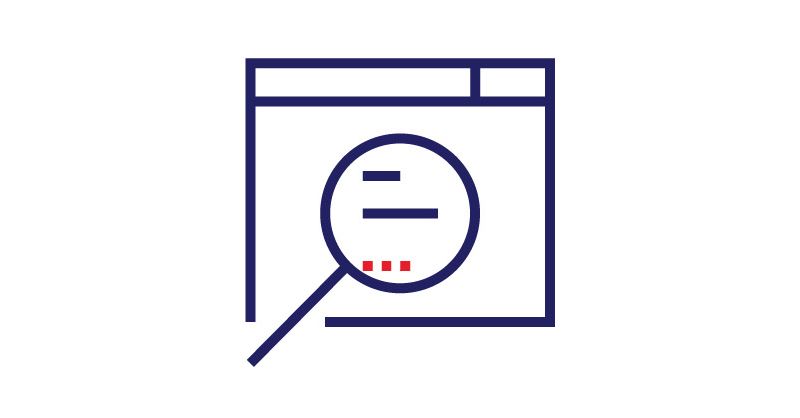
You are responsible for sourcing your own placement that suits you and your degree.
Some ideas of where to start include:
- Checking out opportunities on RMIT Career Centre Jobs Board
- Using your own networks and contacts
- Approaching businesses in your own community and area
- Searching different platforms such as Seek, GradConnections and LinkedIn
Once you have secured a placement, confirm all specific details such as Host Organisation name and address, supervisor contact details, placement dates, location of the placement, negotiated days and hours, key tasks and responsibilities you will be undertaking. This information is critical to complete the RMIT WIL Agreement.

2. Complete the online Internship Enrolment Form
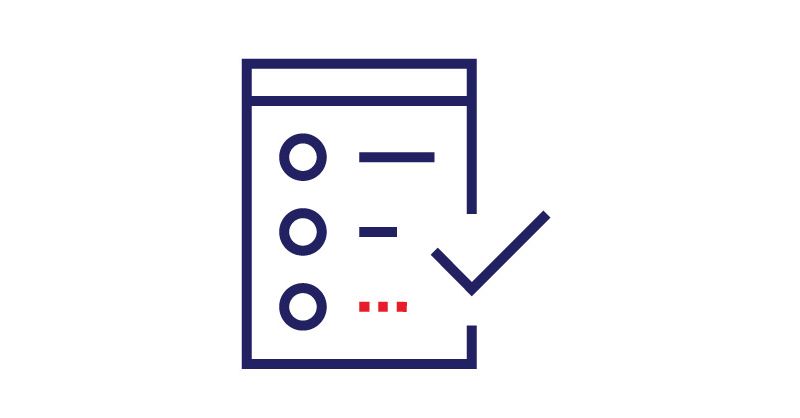
Once you have secured an internship, complete the online Internship Enrolment Form.
Ensure you have enough spare electives in your program to enrol into your chosen course. If you are unsure you can also check via Business Connect.
Before you commence the form, ensure you have the following information ready:
- Position description or offer letter on company letterhead with details of your internship
- Start and end dates of your internship (ensuring it fits within the relevant term/semester dates)
- Total number of days or hours you will be interning for
- Organisation name and address
- Supervisor’s contact details
- What course you want to enrol into e.g. BUSM4471
The WIL Team will check over the details and seek approval of your internship from the Course Coordinator.

3. Complete the RMIT WIL Relationship Agreement
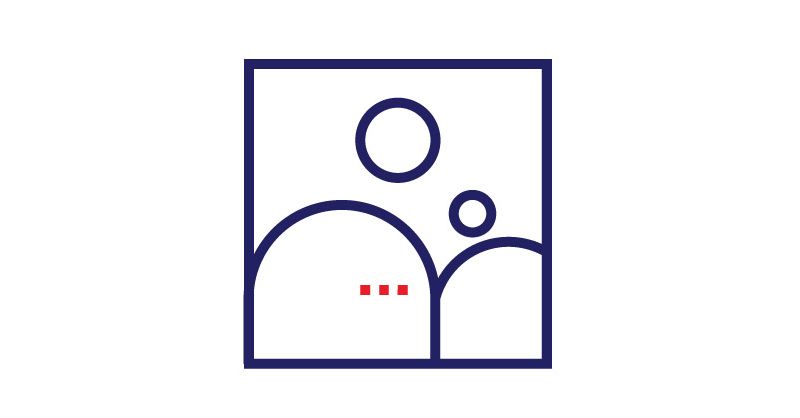
Once our team has confirmed your role has been approved, complete and sign the WIL Agreement
What is the WIL Agreement?
The WIL Agreement is a necessary legal document for formal WIL activity and is between:
- the student
- the host company
- the University
This contract ensures that students and employers are clearly informed of their role and responsibilities during WIL activities. It covers Intellectual Property and details RMIT insurance which covers students whilst undertaking a WIL activity with a partner organisation. The WIL Agreement must be submitted prior commencing placement.

If you have sourced the placement yourself
Request your host organisation sign the Host company WIL Agreement per the button below and attach your Student WIL Agreement for their reference. If you have found your placement on Careerhub, our team has already organised for the host organisation to sign the Agreement and you only need to complete your section per the above.
Once you have been sent the final and complete version of your WIL Agreement, keep a copy for yourself and give a copy to your employer/supervisor.
4. Complete the online WIL Ready Credential

Follow the link to complete the WIL Ready Credential. The credential will provide you additional key information about your WIL placement and getting the most of the internship.
You have a limited number of attempts to pass the modules so ensure you do not rush through the content.

5. Enrol into the course

The WIL team will give you permission to enrol into the relevant course once your role has been approved and WIL Agreement signed.
You will not be able to directly enrol into the course without prior approval.
Once the Semester commences, check out Canvas and ensure you understand the required assessments and submit on time. You should begin your assessments during your placement.

6. For International Placements

If you are undertaking a placement overseas you must register your details with RMIT’s Global Mobility system Mobi in order to qualify to receive complimentary RMIT student travel insurance and access to International SOS.
Please also refer to the Student Travel Procedure.
It will detail responsibilities you hold including ensuring you have visas (if required) and reaching additional requirements if your program is in a sanctioned country.

7. Complete a self-placement submission in InPlace
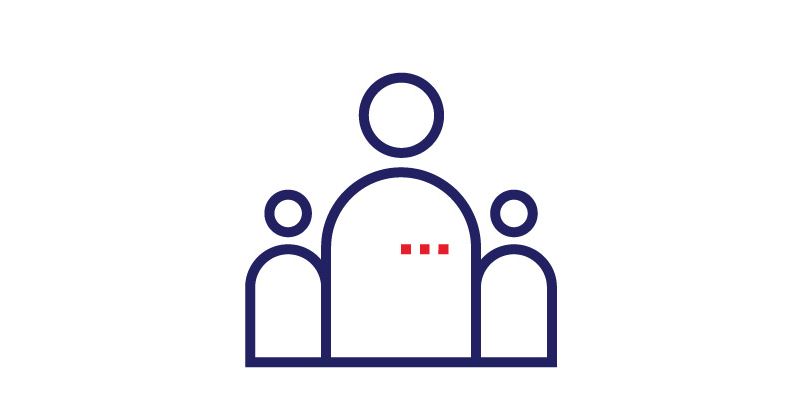
InPlace is RMIT’s central system for managing and recording WIL activity. You will receive an email with instructions for completing this step.
When completing your InPlace submission, you must have the below documents ready to upload:
The detailed Position Description on the company letterhead
Your employment contract/letter of offer from the company confirming your position is full time, for a period of 10-12 months and the remuneration (if these details are not covered in the position description)
Your final signed WIL Agreement
Refer to the Quick Reference Guide (PDF) for specific instructions if needed.

You’re all set!
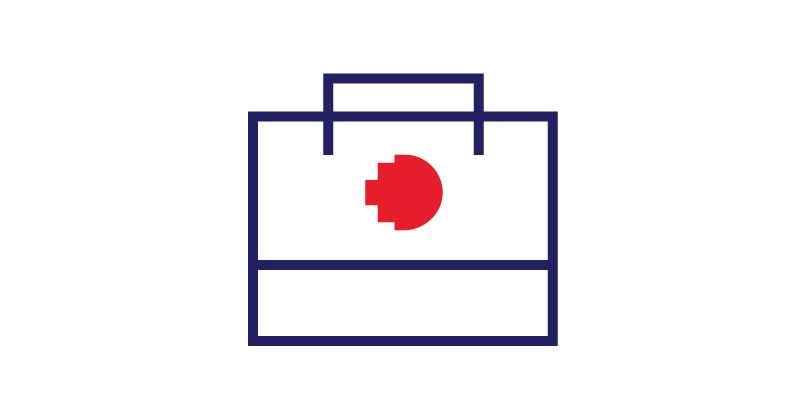
Commence your placement and complete required assessments
Once you have completed the above steps and secured an approved internship, you can commence the role.
Ensure you have read and understood the required assessments. You should start your assessments during your placement
When Canvas opens ensure you submit all assessments as instructed.

Assessments have been designed to flow throughout your internship to maximise your learning and experience while on placement.
It is therefore strongly encouraged you complete the assessments while on placement. When term officially starts and Canvas opens, you can then simply submit your work you’ve already done!
Please ensure you complete all necessary assessment pieces on time.
Note: You can find information in regards to your Assessments and Coursework here, however Canvas will be accessible only at the start of the Semester for you to upload your files and update discussion boards.
If this is your first Business Internship, find out more about your Assessments and Coursework by choosing an 'a' course from the table below:
| BUSM 'a' Code | BUSM4471 | BUSM4608 | BUSM4671 |
|---|---|---|---|
| UG 1a | UG 2a | UG 4a | |
| Hours worked (minimum) | 120 | 240 | 480 |
| Credit points | 12 | 24 | 48 |
| Business Option(s) or Uni Elective(s) required | 1 | 2 | 4 |
| Assignment submissions | 4 | 5 | 8 |
| Assignments | |||
Vlog 1a Before I start The beginning or your personal narration via video vlog. Each vlog has questions that you answer to help tell your story of applied learning. |
✔ | ✔ | ✔ |
Vlog 1b During my internship The middle vlog narration where you confirm that you are happy in the role and update on progress. |
✔ | ✔ | ✔ |
Vlog 1c After my internship Your concluding thoughts when all the hours have been worked. |
✔ | ✔ | ✔ |
Feedback Report Your employer/supervisors complete a short formal feedback document on your performance and create a report of your understanding and analysis. |
✔ | ✔ | |
Portfolio of Evidence Your showcase and reflections on the whole internship. Here you present ‘artefacts’ as visual props to help you tell the story of your internship. |
✔ | ✔ | ✔ |
Work Based Proposal (3.1 or 4.1) Your suggestion in the form of a business proposal for a project agreed to by your employer. Here you conceive, scope and plan the activity. NB. This is due earlier than this sequence. |
✔ | ||
Work Based Report (3.2 or 4.1) In between your proposal and this report the project is delivered and completed. In this assignment you report on what happened. Things often change for various reasons just explain the outcomes, why and what you learnt. |
✔ | ||
Written Academic Reflection In additional to the professional and personal reflections you have made in the submissions above. This final reflective piece required you to make the connections between theory learnt at RMIT and practical application in your chosen workplace. |
✔ | ||
If you have already completed an ‘a’ course or any other form of Internship, Work Integrated Learning or Professional Practice units then you may be eligible for a ‘b’ course, described in the table below.
However, please note that enrolment is not automatic and we don't offer university credits for the exact same job role i.e., the same applied learning experience more than once.
You will need to prove evidence of sufficient change in your working role, this can be any combination of the following:
- new company/employer
- clear promotion within the same company
- change of project focus or shift in workload type/style
- internal move with the company e.g., different department
- additional levels of responsibility from any previously position descriptions used
A written and company branded statement from a named workplace supervisor is required to confirm the above.
| BUSM ‘b’ Code | BUSM2634 | BUSM2635 | BUSM2636 |
|---|---|---|---|
| UG 1b | UG 2b | UG 3b | |
| Hours worked (minimum) | 120 | 240 | 480 |
| Credit points | 12 | 24 | 48 |
| Buiness Option(s) or Uni Elective(s) required | 1 | 2 | 4 |
| Assignment submission | 3 | 4 | 5 |
| Assignments | |||
Vlog #1 Your initial thoughts as to why you are undertaking this second internship and what you want to achieve. |
✔ | ✔ | ✔ |
Portfolio of Evidence Your showcase and reflections on the whole internship. Here you present fresh ‘artefacts’ as visual props to help you tell the extended story of your internship journey. |
✔ | ✔ | ✔ |
Podcast Interview colleagues and/or friends about a work-related topic that interests you. Record this conversation and submit a audio file as your assignment. |
✔ | ✔ | |
Written Academic Reflection (Additional) Looking for deeper and stronger connections between theory learnt at RMIT and practical application in your chosen workplace(s). |
✔ | ||
Vlog #2 Your final story and reflections on the 2nd internship and overall combined experience. |
✔ | ✔ | ✔ |


